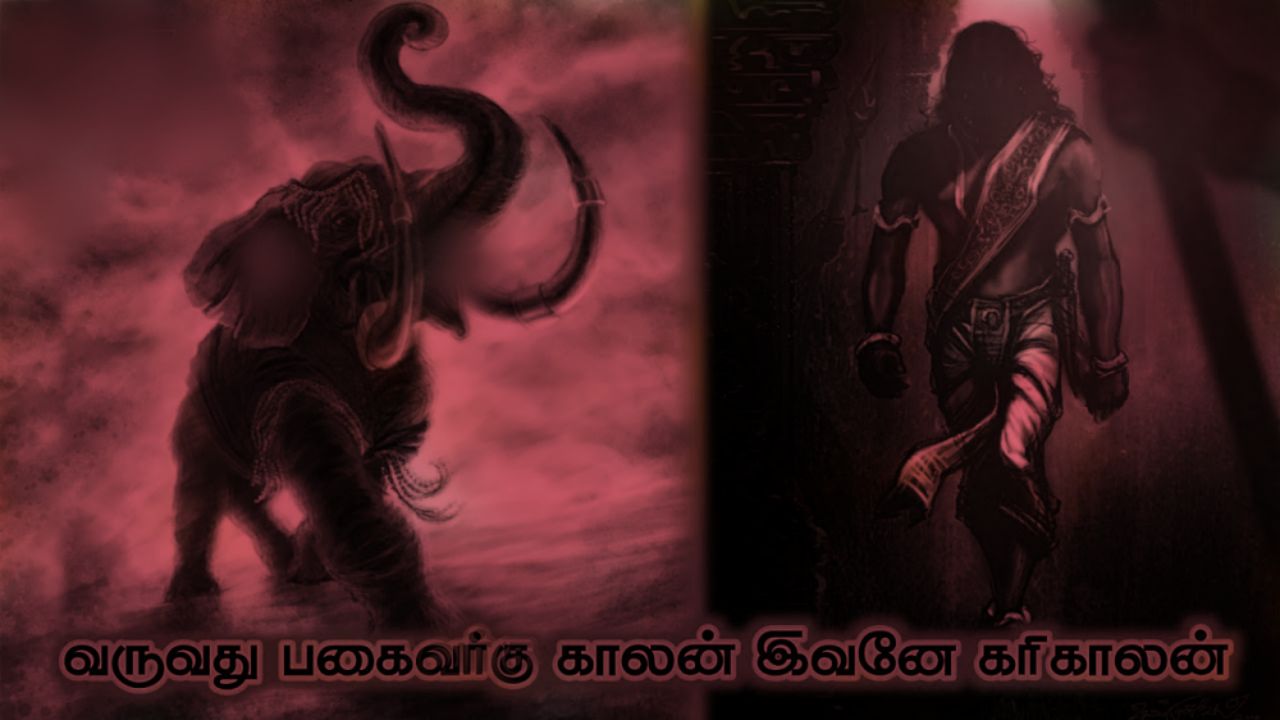Visitors have accessed this post 504 times.
Dam-built technology: who ruled Tamil Nadu many centuries ago, saw the frequent floods in Cauvery and decided to build a large dam in Cauvery to prevent the suffering of the people. The Tamils also found a way to dam the water of the Cauvery, which flows at a rate of two lakh gallons per second. They brought large boulders over the Cauvery River. Those rocks also went into the soil little by little due to water erosion. They put another rock on top of it and in the middle made a water-insoluble sticky clay coating on the new rocks so that the two would stick together. This is the technology used to build this website Contributed by Sir Arthur Cotton
Sir Arthur Cotton, an English engineer known as the father of Indian irrigation, explored the tomb for many years The tomb was blocked by sand dunes for a long time. The integrated Tanjore district has been plagued by continuous floods and droughts. It was in this context that in 1829 Sir Arthur Cotton was appointed by the British Government as the Private Superintendent of the Cauvery Irrigation Area.
He was the one who bravely cut the useless fort into small pieces and set up sandbags. At that time, he explored the foundation of the fort and told the world about the dam construction capacity and irrigation management of Palanthamil. The fort was also named the Grand Dam Engineering study of the dam: This is the first time the study has reported on extensive engineering research and laboratory simulation of ancient texts and inscriptions by the Indian Institute of Technology (IIT Delhi). The study was based on archive search, field surveys, live land survey and current data. It has been argued that the tomb was built in a bizarre shape and was designed to increase the flow of sediment in the tributary without letting it sink into the dam.
The primary river for irrigation in the region is the Cauvery. By 1800 AD, 6 lakh acres were irrigated. The main function of the fort is to prevent the Cauvery water from flowing deep and fast during normal times. But if there is a flood, it can be safely diverted from the Cauvery to Kolli and added to the sea. The fort had been carrying out this function for about two thousand years without the aid of any other structure near it.
English engineers made many changes without fully understanding the original plan. Have struggled with the alluvial soil issue for decades. Writes an English engineer (Baird Smith, 1856); “There has been a relentless struggle with sediment for almost 25 years. The river has been swept away by people from many parts of the river. Long banks have been built at high cost. However, all efforts have been in vain. The river bed has continued to rise.”
The tomb, which preceded the changes for the better, can be inferred from a record made in 1776. This record mentions the peculiarities of the dam. The fort was seen with two or three arches from one end to the other. Its ridge was sloping without leveling – the western tip was higher than the eastern tip. It was a transverse slope – in some areas it was a regular and uniform slope, in other areas an irregular 3 or 4 steps. Finally, the dam was coated with smooth limestone about 5 inches thick. This coating often needs to be changed at least once every five years. Also, the front was roughly unbalanced. But this is said to have been the most advantageous. This is because the front wall of the dam was protected from erosion by the uninterrupted sediment.
